Sightseeing Spots
Search Results314

This is the only waterfall in Saitama Prefecture that has been selected as one of Japan's 100 best waterfalls. Along a promenade of about 1.5km, you can enjoy the changing seasons with fresh greenery and autumn leaves. The waterfall is divided by 3 large steps, and the 76 meter drop is powerful and impressive!
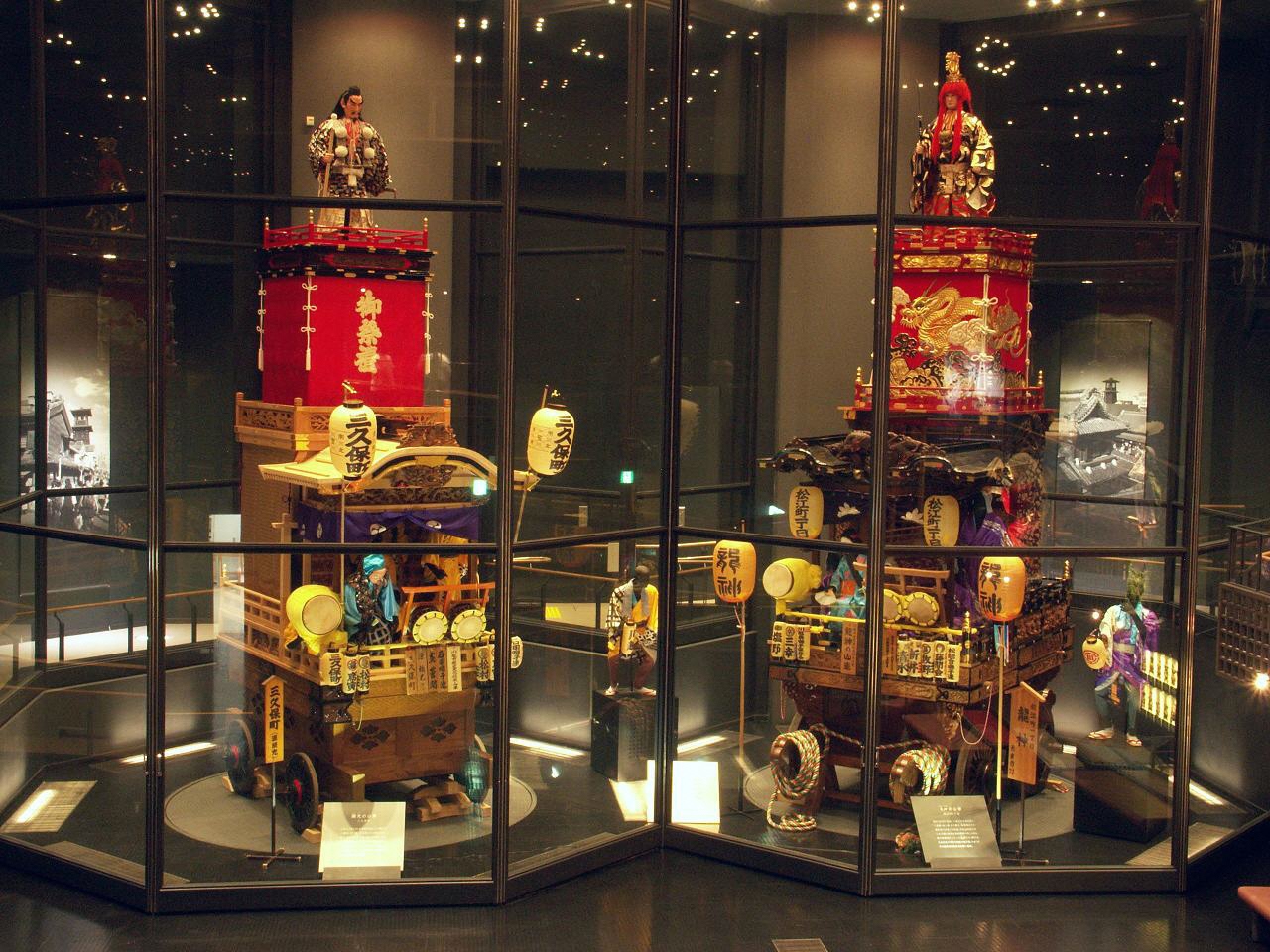
The two authentic Dashis (festival cars) pulled at the Kawagoe Festival are on display along with materials related to the Kawagoe Festival. At this exhibition hall, the powerful atmosphere of the Kawagoe Festival can be experienced all year round. There is also a regular demonstration of musical accompaniment (about 20 minutes).
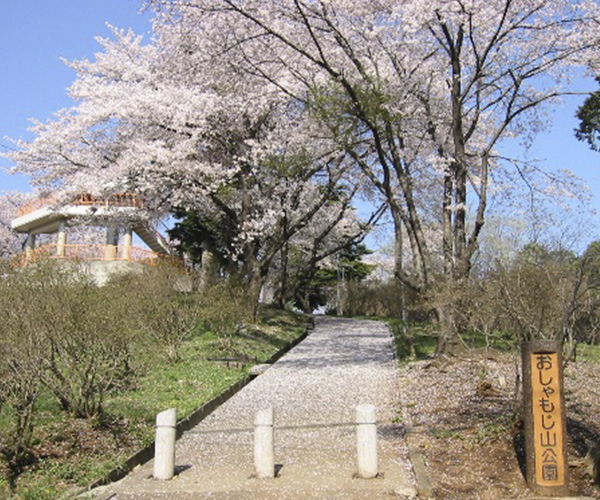
In the spring, cherry blossoms bloom and azalea flowers cover the mountain at Oshamoji-yama Park, located at the town's south entrance, and the many revelers make for a boisterous flower-viewing party. The Shamoji mother-goddess (god Oshamoji) is enshrined in a hokora (miniature shrine) at the foot of the mountain, thus the park is named “Oshamoji-yama.” The Kanto Plain and mountains of Chichibu can be seen from the park's observatory.
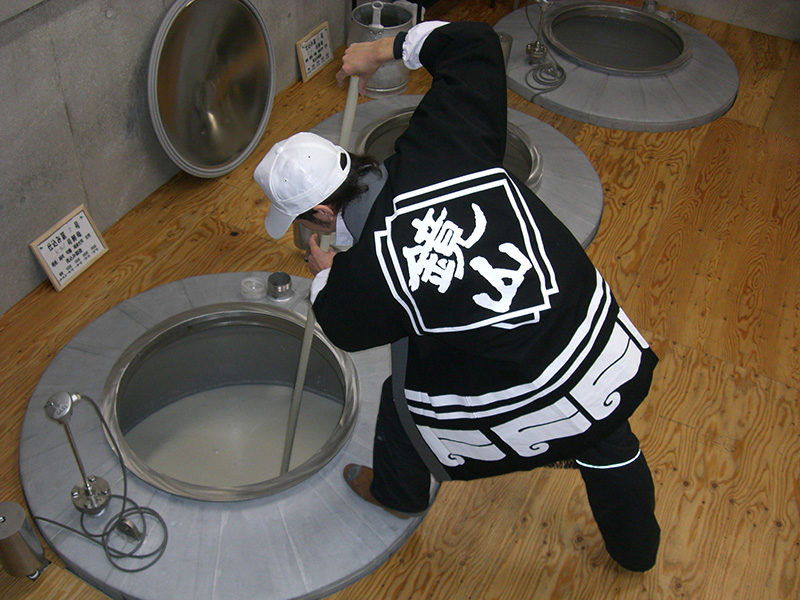
The only sake brewery at Kura no Machi, Kawagoe. Though the sake brewery cannot be toured, the adjoining Matsumoto Shōyu, established 200 years ago, can be toured free of charge. Please stop by for a visit! The sake brewery is only 1 minute by foot from the Toki no Kane, the center of Kawagoe’s tourist destination.
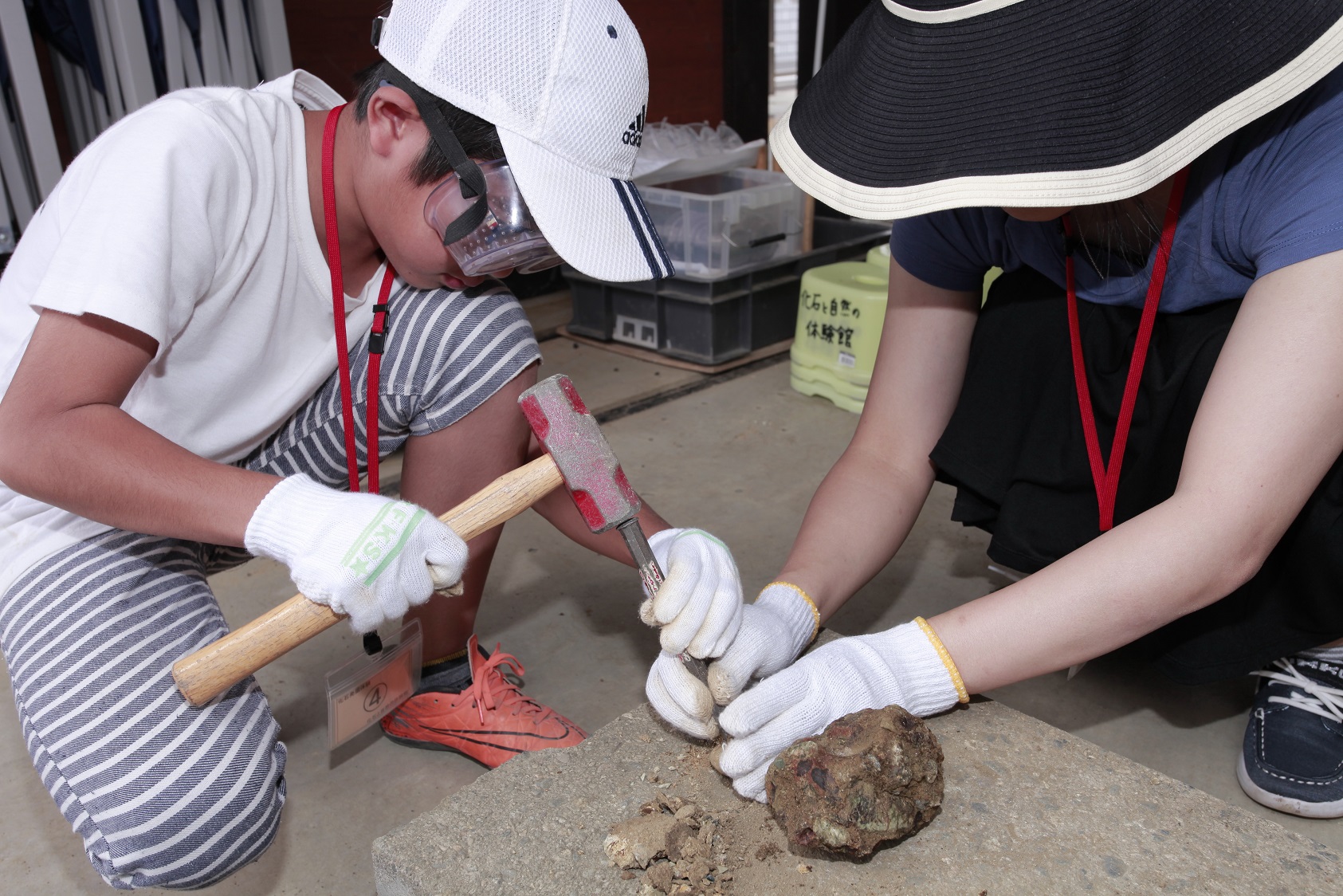
The Iwadonokyūryō (rocky hills) around this experience center are comprised mainly of the Toki River layer group, strata accumulated in the sea 10 to 15 million years ago, which contain a wide range of fossils. This experience center is the only facility in the prefecture where visitors can experience digging up fossils, such as shark teeth, from 15 million-year-old conglomerate rock. Together with the lecturer, challenge yourself to dig up fossils using a sieve, hammer and chisel! Most of the fossils you find can be brought home, with some exceptions. Since the fossil digging takes place inside the facility, activities can be enjoyed even on rainy days.
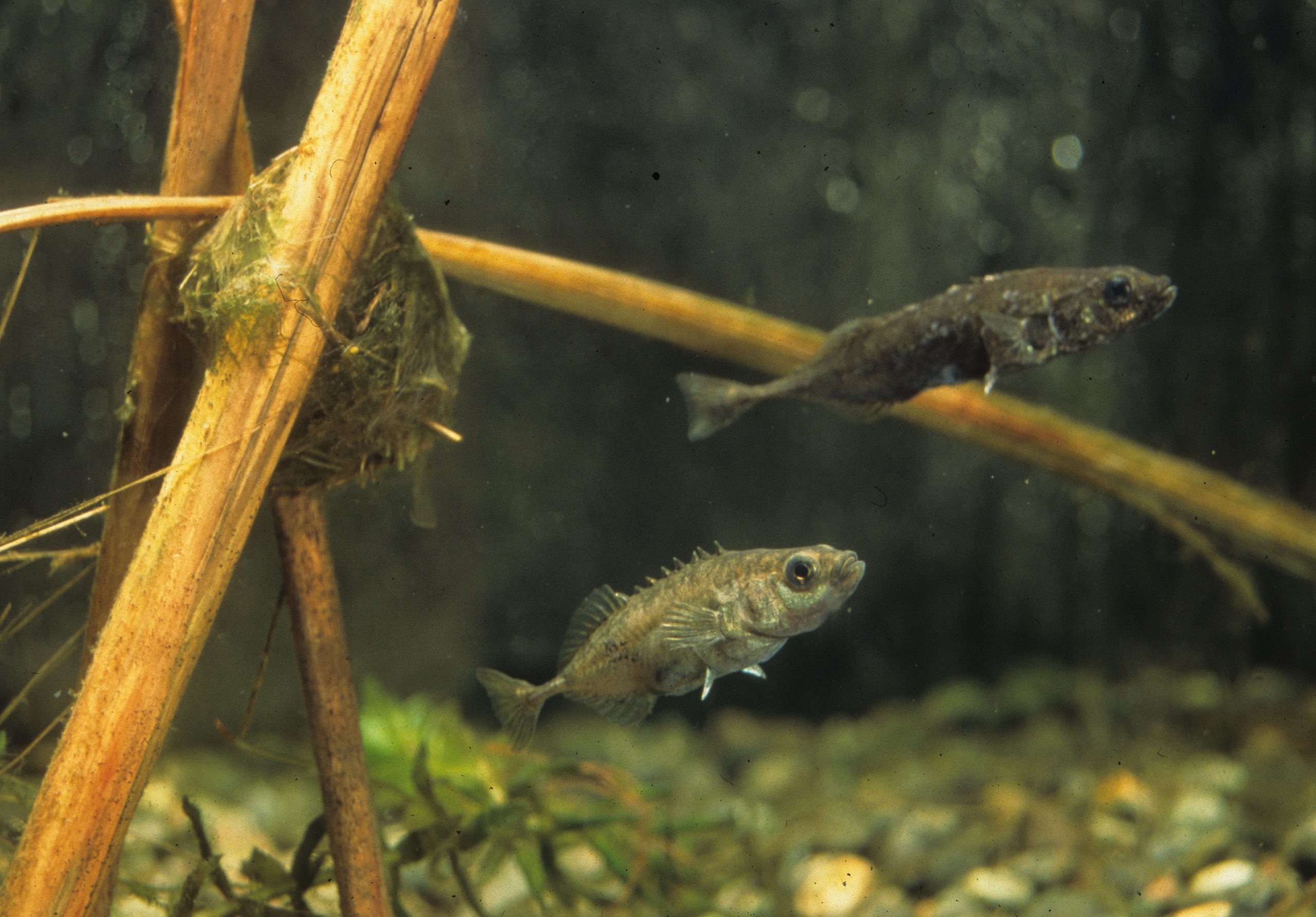
This aquarium features exhibits of approximately 70 different types of freshwater fish native to Saitama Prefecture that inhabit the upper stream of the Arakawa River to the region surrounding the mouth of the river. Among the highlights are the Tokyo bitterling, Musashi ninespine stickleback, and the waterwheel plant. (For more information regarding the facility, please refer to the URL below.)
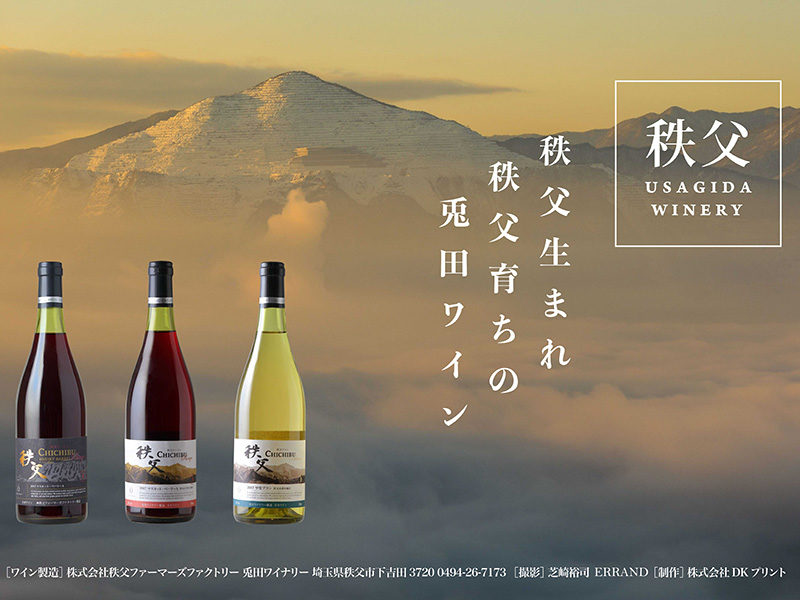
Tours of the wine factory and vineyard, free samples and sale of wines at the in-house direct sales store, and meals at the company-owned restaurant (business days specified) are available.
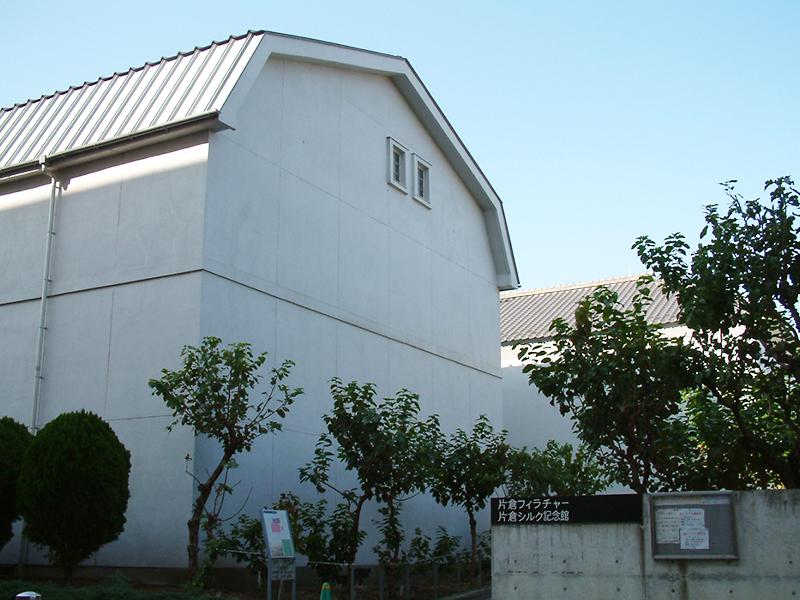
The Katakura Silk Commemorative Museum is built inside of Kumagaya Factory, the cocoon warehouse of the last remaining silk manufacturing plant of Katakura Industries, and is recognized as a Heritage of Industrial Modernization by the Ministry of Economy, Trade, and Industry. To preserve and pass on the company's 121-year history of silk production, the museum displays the machinery used to produce silk at Kumagaya Factory, and visitors can watch the entire process from cocoon to raw silk.
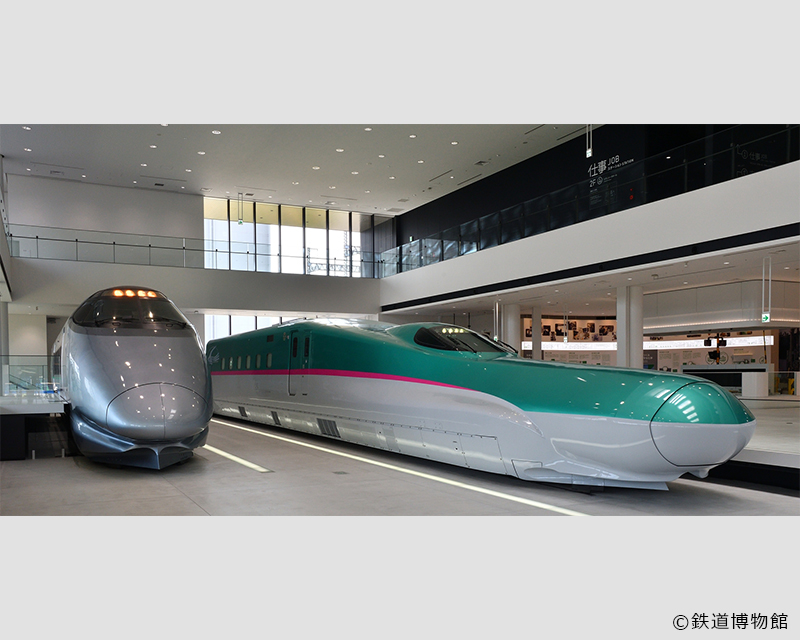
The railway museum opened on October 14th, 2007 in Ōmiya, Saitama as part of Japan Railways (JR) Group’s 20th-anniversary commemorative project. The South Building was newly opened in July of 2018, with the permanent exhibition of the main building renewed extensively. Through this renewal, the inside of the building has been divided into stations of 5 categories: rolling stock, history, job, science, and future, updating the museum to tell the rich story of the relationship between humans and railways from a unique and diverse perspective.
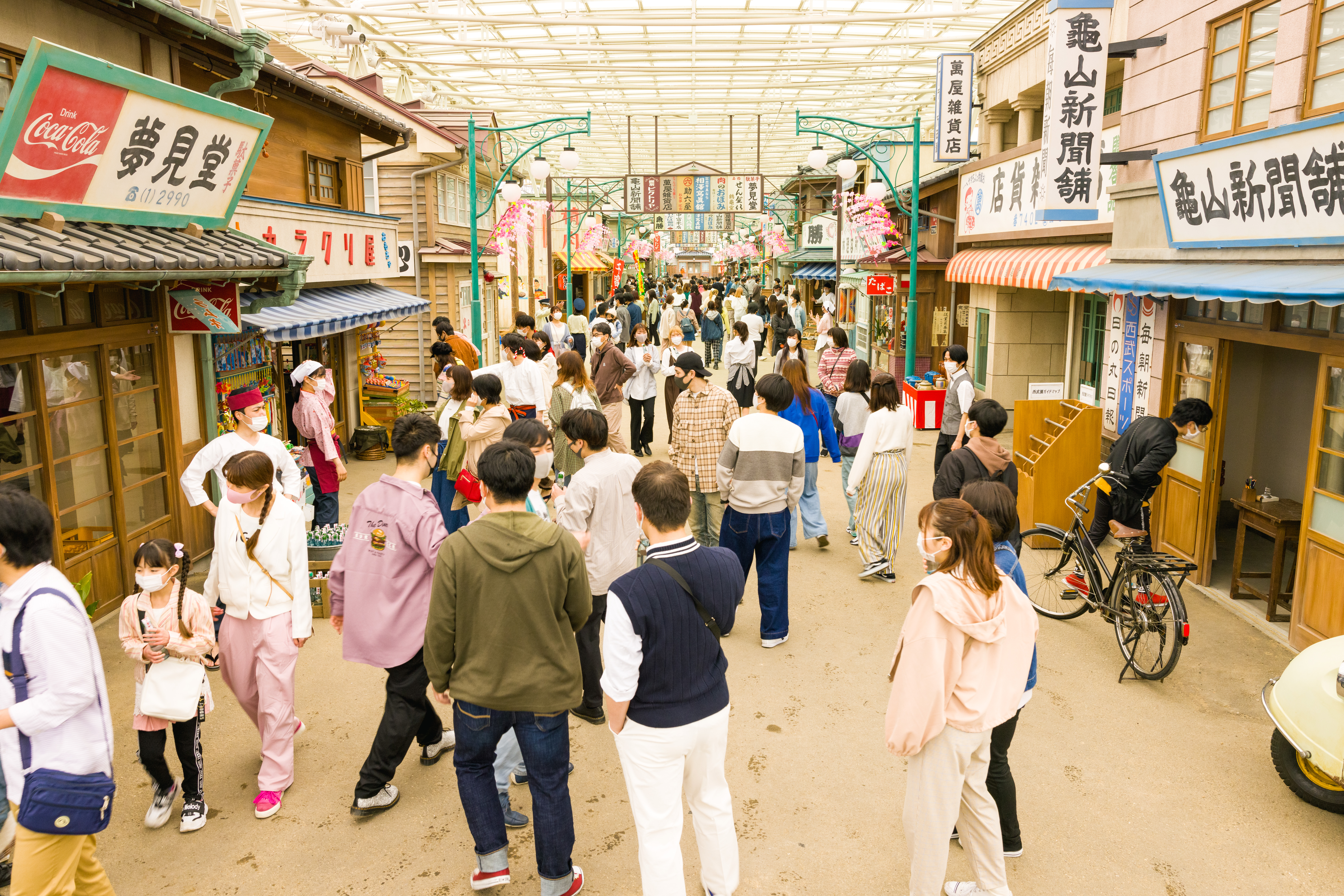
Newly reopened in 2021 with the concept: "A heart-warming world nestled in happiness." Find yourself in a world of wonder with high-quality replicas of retro townscapes, interactions with townspeople and spontaneous live performances, and delicious nostalgic foods. There are also new and exciting immersive light-up attractions for you to enjoy!
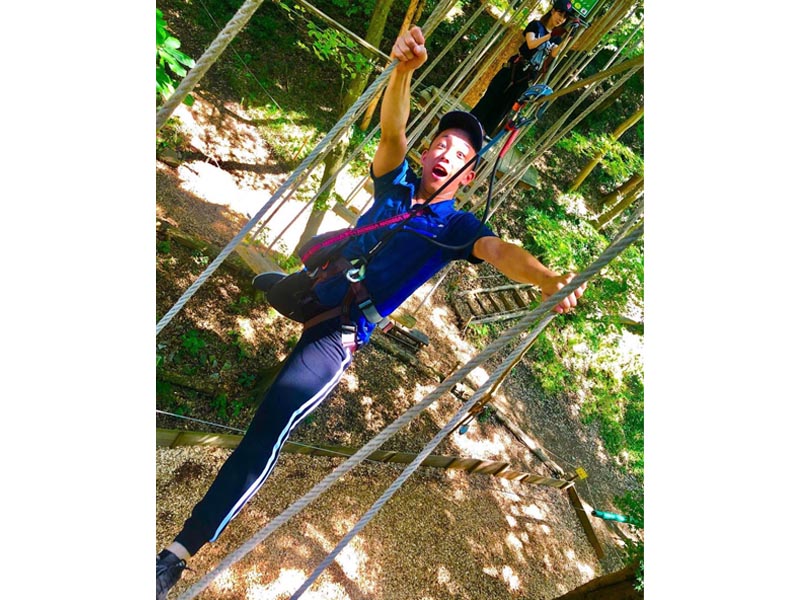
Located in Chichibu Muse park's "Forest of Sports," this is a facility that anyone can enjoy regardless of age! In a mix of planted and native forests, seven zip lines have been installed high above the valley, making it one of the largest parks in Japan. The park is for adults and children aged 10 years and older. The courses are set at high altitudes making this forest adventure particularly popular among adults!
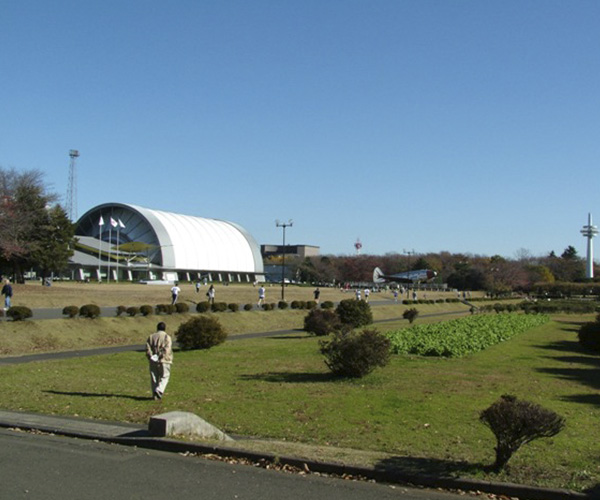
This large park was built on the site of Japan's first airfield, Tokorozawa Airfield, and has an area of about 50 hectares. Overflowing with nature, the park is never without visitors. There are real airplanes, as well as sports facilities, an athletic field with artificial grass, a tennis court and a baseball field. There is also an outdoor stage, tearoom and a Japanese garden, making the park a center for sports and culture exchange in western Saitama. (For more information regarding the facility, please refer to the URL below.)
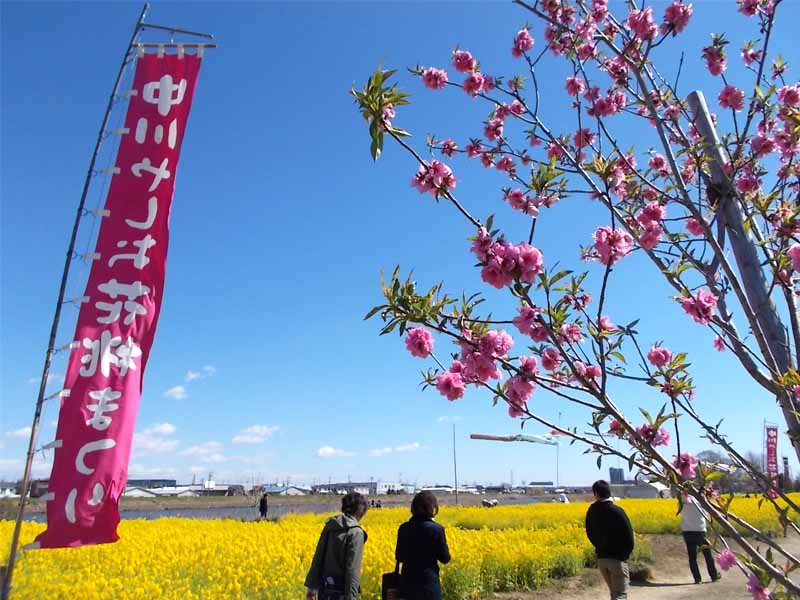
Located on about 13,000 square meters of the Nakagawa Riverbed, the contrast between the 120 pink peach blossoms and fields of yellow rapeseed flowers that bloom from March to April every year is a beautiful sight to see. In autumn, you can enjoy red spider lilies and cosmos. The annual Hanamomo Festival held in late March attracts many tourists.
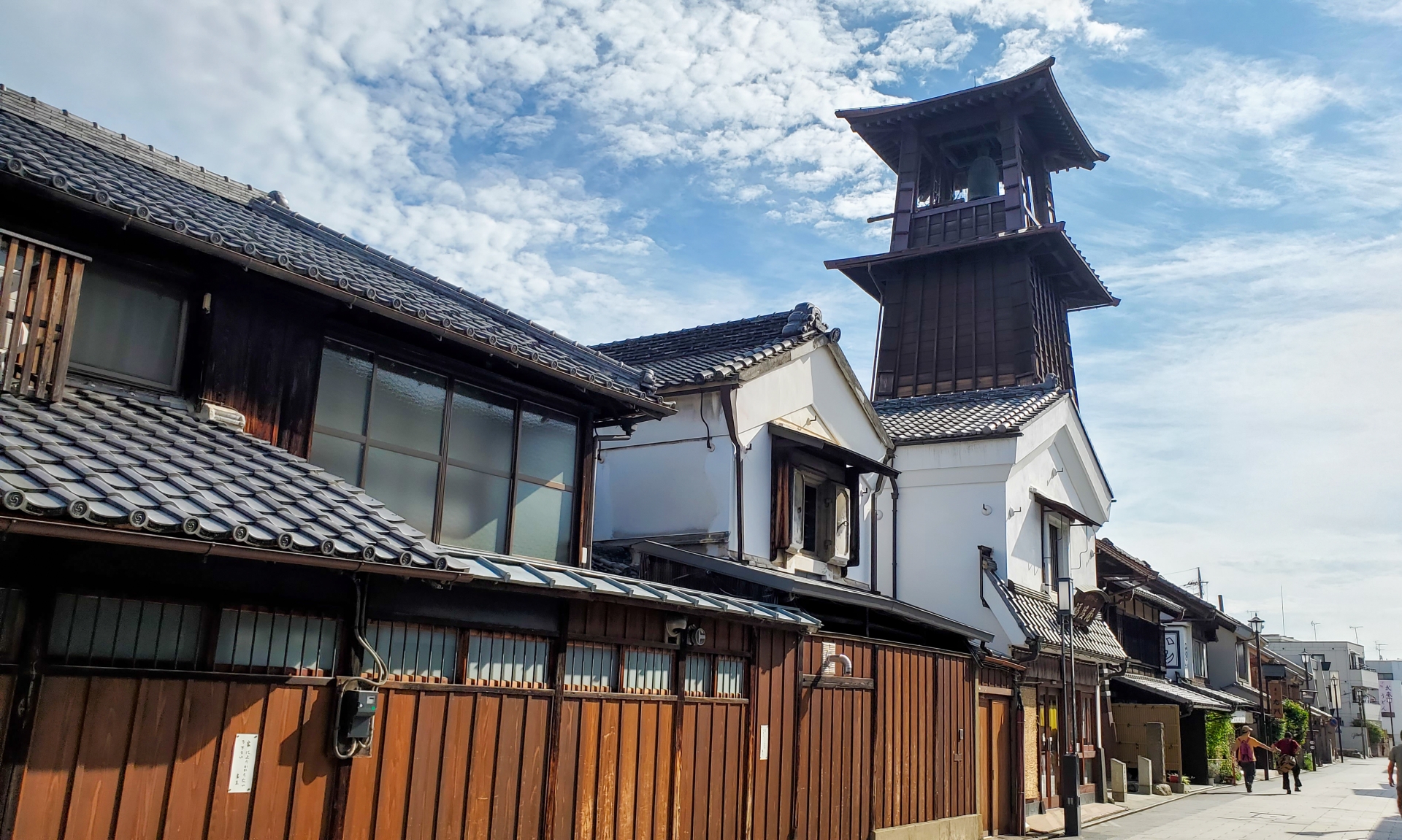
Toki no Kane is said to have been first built in the Castletown Tagachō during the Kan’ei era (1624-1644) by the lord of Kawagoe Castle, Sakai Tadakatsu. The current bell tower was rebuilt the year following Kawagoe’s great fire in 1893, and is a three-story tower with a height of about 16 meters. It is a symbol of Kawagoe and denotes that “time” is indispensable for daily life. As of today, the bell rings four times a day (6 am, noon, 3 pm, and 6 pm).
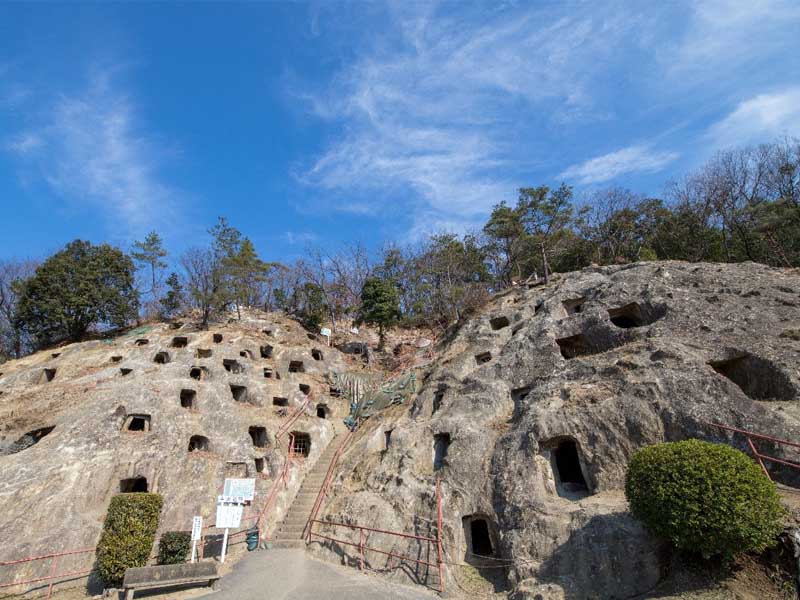
The Yoshimi Hundred Caves are a mysterious group of horizontally carved rock tombs created at the end of the Kofun period (late 6th to 7th century), and designated a national historic site in 1918. There are 219 holes confirmed in total, and the tombs represent Yoshimi Town with their significance. Each hole is divided into a narrow passage and a burial chamber, and the protected species, luminous moss, also known as goblin gold, can be found growing in the tombs.
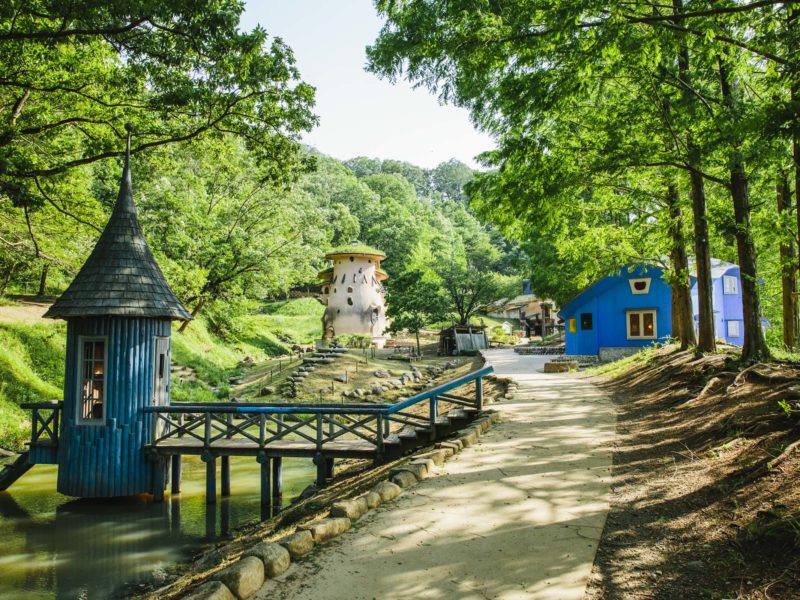
A park inspired by the world of Scandinavian fairy tales. Unique buildings that tickle your imagination stand on park grounds overflowing with greenery. Play freely in nature among the refreshing breeze and dappled shade in this relaxing space for everyone.

This park features an open lawn space and large wooden play equipment, and the area is crowded with families all year. Seasonal flowers grow throughout the park, and in addition to cherry blossoms in the spring, the moss phlox (April to May) and irises (early June) bloom in a heart-warming sight. There are also kitchen spaces for barbecue, and visitors can fish at the large pond, Koai Tamei (within the designated area).
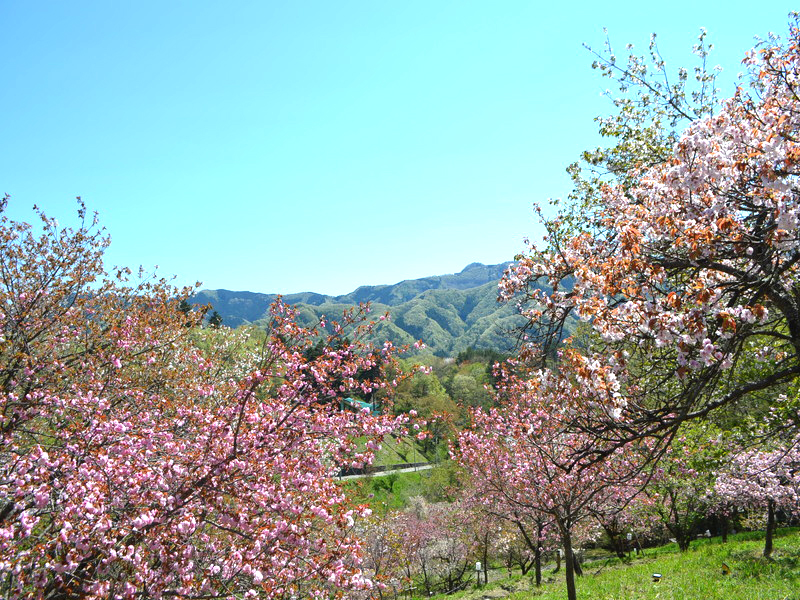
Kita-zakura Street is the tunnel of cherry blossoms, with about 400 cherry blossoms lining a 2.5 kilometer road that runs the length of the Arakawa river from Nagatoro Station to Takasago Bridge. The Sakura Passage is located at the foot of Mt. Hodo in Nagatoro Town. Here you can see about 500 cherry blossoms trees with more than 30 varieties of double cherry blossoms. During the flowering season, they are lit up with beautiful illuminations. The best time to see the flowers is from early April to mid-April on Kita-zakura Street and from mid-April to late April on the Sakura Passage.
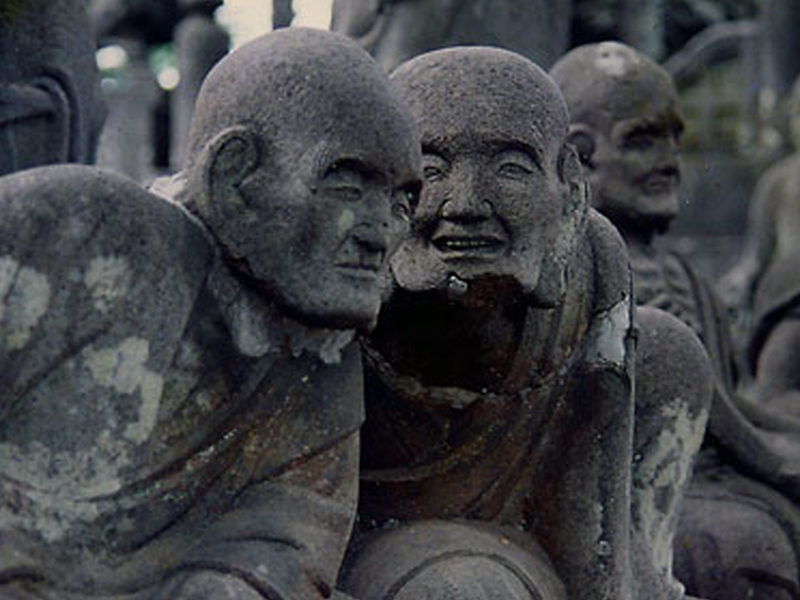
"Rakan," or "Arhat," is a Buddhist term signifying a spiritual practitioner, or high priest, who has attained enlightenment. The 500 Rakan of the Kitain Temple are one of Japan's three great Rakan and took 50 years to complete. The 538 stone statues are famous for expressing a wide range of human emotions and for each having a unique action. According to legend, if you visit at night and touch the heads of the statues, only one will be warm, and it is said that this statue's face resembles the sculptor's deceased parent.
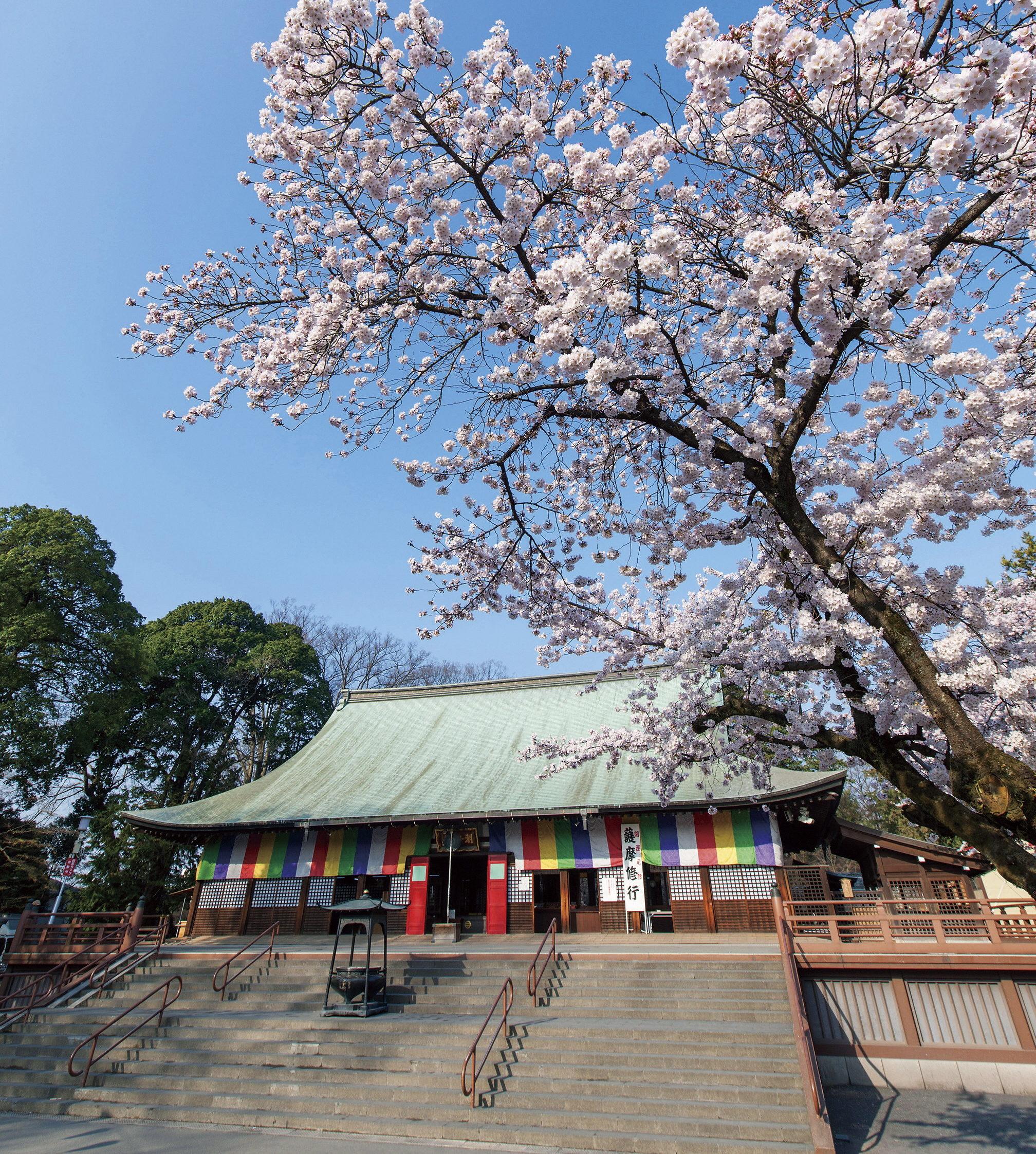
Kitain Temple thrived after the appointment of Sōjō Tenkai, entrusted by Ieyasu Tokugawa, in 1612. Most of the temple burnt down in Kawagoe's great fire in 1638, but was renovated during the Edo period by the third generation shogun Iemitsu, who transferred the "Iemitsu Birth Room" and "Kasuga Bunkachi Makeup Room" to the temple from the Edo castle. In addition, the entire area was designated as an important cultural property. One of Japan’s three major arhat, “Gohyakurakan”, can be seen here.
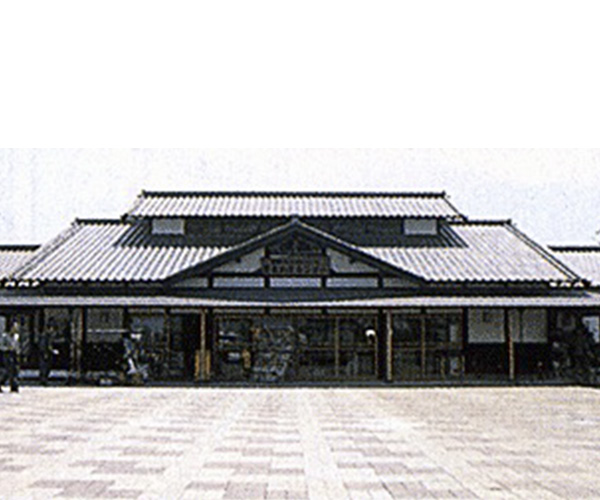
This is the birthplace of “Kan’ichi Shimofusa,” a musician and producer of many famous nursery rhymes. It is said that the atmosphere of the old town of Ōtone was his inspiration when composing songs such as “Tanabatasama,” “Nogiku” and “Hanabi.” “Ōtone Koshihikari” rice, harvested with plentiful water and one of the leading varieties “delicious Koshihikari” rice from Saitama, is sold here as “Dōyō no Furusato Ōtone" (hometown of nursery rhymes, Ōtone).

At the Hanayoi Glass Studio run by Tamami Sudo, a glass artist who has had numerous exhibitions at famous department stores, you can try your hand at glass blowing and sandblasting (reservations required). Participants receive careful instructions which are easy for even beginners, and the workshops are popular for making wedding anniversary or children's milestone mementos. The stunning works of Tamami Sudo that are on display in the studio.
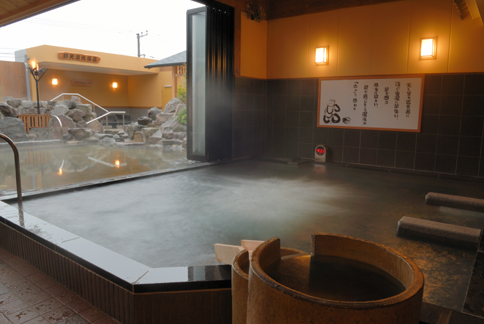
Enjoy natural hot spring open-air baths and Ganban yoku (hot stone baths) made from black silica, just a few of the ten unique baths prepared to wash your fatigue away. Enjoy a relaxing meal or foot bath surrounded by a traditional townscape that will make you feel like you have traveled back in time. In addition, there are many refreshment rooms for massage and body scrub treatments, allowing for maximum leisure! Enjoy “healing and moisture” to your heart’s content.
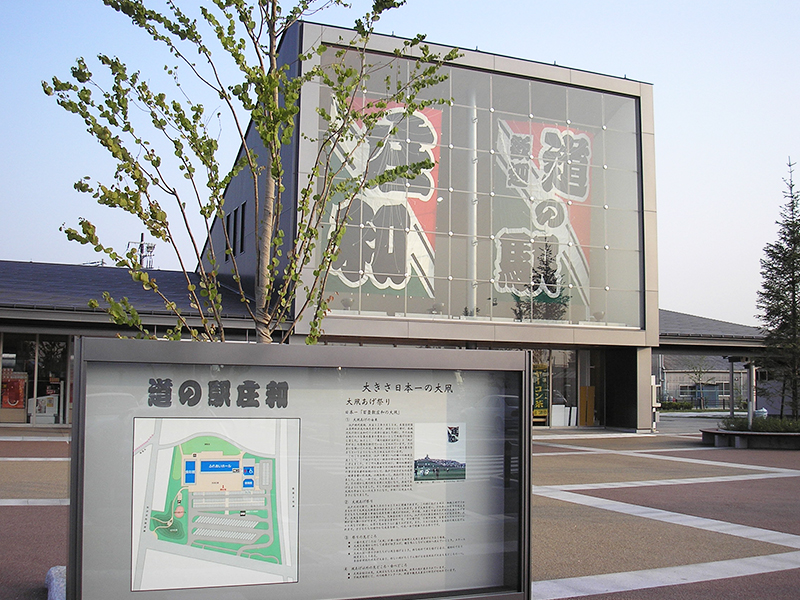
Roadside Station Showa, surrounded by a rural landscape of fertile farmland and pastoral rice fields interwoven with small forest groves, is nestled in the perfect environment to feel the change of the seasons. In the product hall, you can find a variety of souvenirs from all over the country, as well as products unique to the Kasukabe area. You can also buy local fresh vegetables at the farmers market, a place popular with tourists. Meals are also available at the restaurant, "Shokusai-kan."
This site uses cookies to improve the user experience. If you continue to browse, you consent to the use of cookies on this site. Accept
CONTACT
